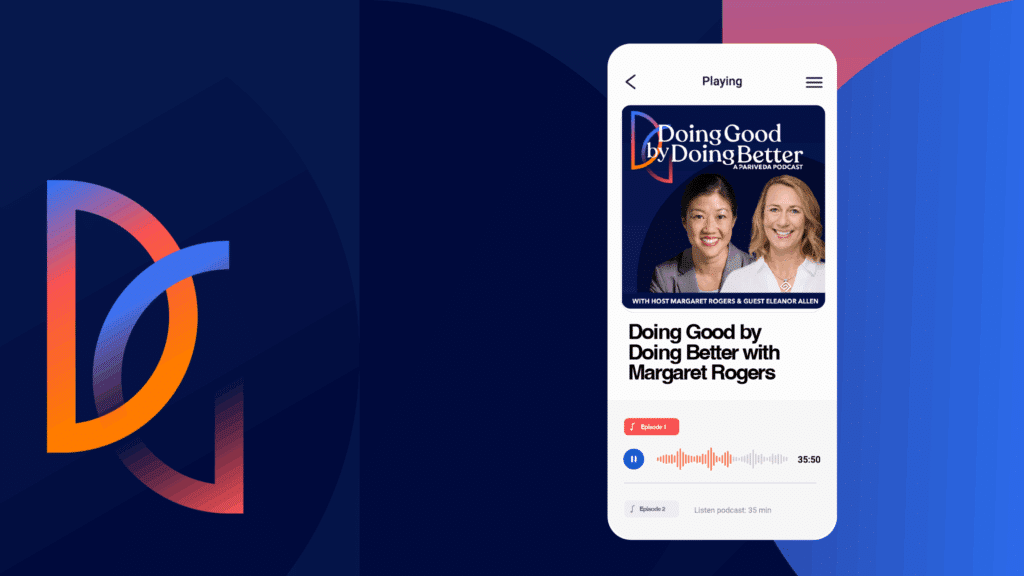When it comes to establishing an employee-focused culture, one thing we often hear about is that all employees must be treated equally. However, we should be cautious about this: If treating employees equally means everyone must be treated exactly the same, then “equal” isn’t necessarily the ideal we want.
Although it’s imperative to be fair and impartial with employees, each of them has unique, highly individual needs. We’re always adapting to accommodate and communicate with a variety of personalities in life, and in that sense, we actually engage in user-centric innovation and practices every day. When we don’t, however, it can lead to friction and communication breakdown.
It’s important to consider how such inflexibility can impact long-term leadership objectives. For example, a recent survey by BambooHR suggests that many business leaders underestimate the negative impact of their own behavior on employees. As it turns out, many of the behaviors employees most dislike in superiors are considered acceptable by many supervisors.
Statistically speaking, there are still blind spots in the boss-employee relationship. Supervisors can prevent this disconnect by first becoming keenly aware of it. Then, they should begin engaging employees individually to achieve greater interactive depth. This nuance is necessary for truly employee-focused leadership and coaching.
User-centricity fosters connection
We know that the best teachers maintain deep connections with their pupils. Trust always welcomes new knowledge, right? It makes sense that mentor-mentee relationships require depth and multidimensionality. With user-centered development, we have a powerful tool for fleshing out that depth.
For instance, we should consider its potential impact on employee rewards programs. Deloitte data demonstrates that most companies are still at a loss when it comes to personalizing their talent management strategies and that a mere 8% of companies find that their rewards programs deliver great results in employee development.
Obviously, this suggests many underdeveloped relationships are at work. Putting user-centered design to work in this vital relationship-building can map out a path, but it’s up to both the mentor and the mentee to be brave and share more of themselves with each other.
Designing mutually beneficial relationships
It’s human nature to make snap decisions on the basis of survival or other instincts. However, one critical component of user-centered design is the absence of judgment. When I think about these principles enabling deeper relationships, my first goal, then, is to remove bias and judgment.
In that respect, great leaders need a tremendous sense of self-awareness. Recognizing your own judgment and bias as they arise should indicate that it’s time to ask employees questions from a genuinely curious frame of mind. User-centricity entails contemplation and appreciation of what employees share with you. Act on that instead of presumptions.
It’s also crucial to remember that you “design” employee experiences just by being present and behaving as the leader. With a user-centered perspective in place, you’re better equipped to design experiences they’ll relate to and learn from. That gets you closer to having the employees you want.
IBM, for instance, found it helpful to incorporate user-centered development tactics in its employee engagement programs. The computing giant learned from the world of managing customer experiences that flexible design principles can enhance employee experiences, too.
A user-centered approach clarifies long-term development strategy
It’s not enough to ask employees about their career development plans and what they want to work on. Actively collaborate with them to work toward these skills and goals. That means deciding how to test employees’ mastery of needed skills, being honest about what does and doesn’t work during trial periods, and having the flexibility to pivot and relearn the discovery process.
These strategies comprise user-centered design at a high level, and they can be applied in mentorship, too. First, clearly define the goals and what success looks like for the team. Next, determine the profitability of the interactions with our team. For example: What is the targeted net benefit of a certain meeting?
So if we want to set goals with individual employees, we need to determine how the company will nurture those objectives. At that point, the company and the employee become partners in a march toward the same outcome.
Still, bear in mind that goal-setting in employee-focused leadership behavior should motivate individual employees — and different people are driven by different things. Recent research on workplace motivation that all employees are primarily motivated by one of five factors: achievement, power, affiliation, security, and adventure. Consider how your coaching taps into those categories and helps them grow.
Remember that your employees are “users” of your company, and they’re motivated to experience different types of value in that relationship. Mobilizing user-centered development to foster an employee-focused culture means paying attention to those needs and listening to each of them. It’s really the only way to be sure your leadership behavior isn’t unintentionally hindering your employee-development goals.
















